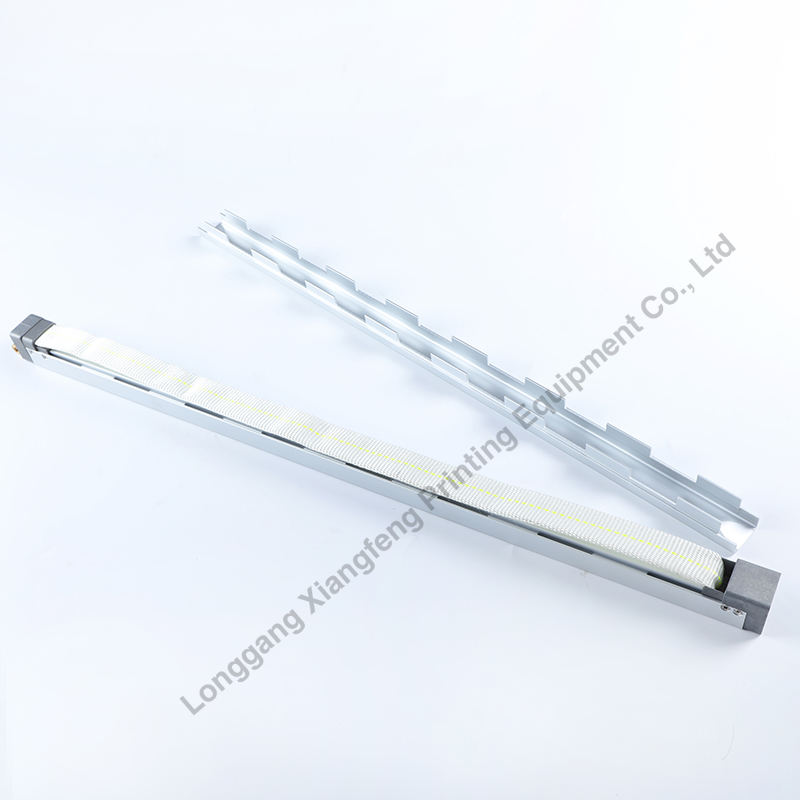Call us
+86-19818583496
+86-0577-68586867
Introduction
The Printing Machine Torsion Bar Spring is a vital component that supports the accuracy, stability, and efficiency of modern presses. While it may not be as visible as gears or motors, this spring plays a decisive role in balancing torque and reducing stress during high-speed printing. For businesses and operators, knowing its function, selection process, and maintenance requirements helps minimize downtime and ensures consistent print quality.

Printing Machine Torsion Bar Spring: Role and Working Principle
Inside every printing machine, rollers, gears, and shafts must coordinate seamlessly. The Printing Machine Torsion Bar Spring functions as a stabilizer that stores and releases energy when torque is applied. It absorbs sudden load changes, reducing vibration, shielding sensitive parts, and keeping moving components properly aligned.
This role is particularly important in offset and digital printing machines, where even slight instability can cause blurred images or registration errors. In practice, the torsion bar spring acts as both a safety device and a performance enhancer, making it one of the most reliable parts in the printing workflow.
Printing Machine Torsion Bar Spring: How to Select the Right Component
Choosing the correct Printing Machine Torsion Bar Spring depends on several technical factors:
Torque capacity: The spring must handle the operational torque without losing shape or strength.
Material selection: High-strength steel or alloy ensures long-term durability and resistance to fatigue.
Dimensions and compatibility: Proper size and fit prevent misalignment and ensure smooth torque transfer.
Fatigue resistance: Springs designed for heavy load cycles are more reliable in high-volume production.
For specific machines like the Heidelberg PM52 or SM52, models such as the G4.011.127 spring are often required. Selecting the wrong type can reduce accuracy and increase the risk of gear wear. In humid or corrosive environments, coated or heat-treated springs may offer better protection and performance.
Considering lubrication requirements during installation also helps extend the service life of the torsion bar spring and maintains its torque balance. Consulting technical specialists ensures the right match for long-term stability.
Printing Machine Torsion Bar Spring: Maintenance, Faults, and Upgrade Options
Regular maintenance of the Printing Machine Torsion Bar Spring ensures longer life and prevents costly breakdowns. Operators should routinely check for cracks, uneven bending, or loosening. Cleaning the surrounding assembly and monitoring torque stability are equally important steps.
Common faults include:
Fatigue fracture from repeated cycles.
Deformation that reduces torque control.
Misalignment causing vibration or poor print registration.
Torque loss, which lowers overall print accuracy.
If issues are ignored, they can damage gears, shafts, or the entire drive system. Early replacement is far more cost-effective than repairing large-scale failures.
Upgrading the torsion bar spring is also an option. Modern versions use advanced alloys, special surface treatments, or modular designs that make replacement faster. Even updating a single spring within the gear system can enhance performance and reduce operational risks.
Conclusion
From balancing torque to protecting sensitive mechanisms, the Printing Machine Torsion Bar Spring remains a key element in efficient press operation.Selecting the right spring, performing regular upkeep, and making timely upgrades allow printing businesses to keep production steady and prolong the life of their equipment.
If you would like further information or have any inquiries, kindly contact Xiangfeng Company.
Contact Us